Botox, or botulinum toxin, is a substance that temporarily relaxes muscle fibers by blocking nerve signals at the neuromuscular junction. It reduces the activity of receptors responsible for muscle contraction
Botulinotherapy is the most commonly performed aesthetic procedure worldwide. Botulinum toxin injections are done without the need for local anesthesia. The dosage is determined by the doctor based on individual needs The full effect becomes visible approximately two weeks after the procedure
Botulinum toxin is a dose-dependent product. The higher the dose administered, the longer the temporary muscle relaxation lasts, resulting in more prolonged effects If the patient prefers a more natural-looking expression, a lower dose is recommended.
There’s another important concept to be aware of — resistance to the product Clinical studies have shown that 1–5% of patients may develop antibodies to botulinum toxin after repeated injections. This resistance is typically linked to either high doses (over 250 units) administered over a short period or frequent injections of smaller doses at short intervals.
If antibodies develop against a specific type of botulinum toxin, other serological types can be used as alternatives. That’s why it’s important to maintain a 4–6 month interval between injections The product is metabolized and completely eliminated from the body through the liver
Indicationsfor Botulinum Toxin Injections
- Correction of vertical frown lines between the eyebrows
- Horizontal forehead lines
- “Crow’s feet” around the eyes
- “Smoker’s lines” on the upper lip
- Nasal bridge wrinkles (“bunny lines”)
- Lower third of the face — jawline and chin contouring
- Neck wrinkles — platysma band correction
- Gummy smile (excessive gum visibility when smiling), asymmetric smile
- Lip line and volume correction for clearer phonetics
- Orthodontic cases — to relieve masseter muscle hypertonicity
- Dysfunction of the chewing muscles, bruxism (teeth grinding), and jaw muscle spasms
- Migraine relief
- Treatment of unilateral or bilateral blepharospasm
- Treatment of hyperhidrosis (excessive sweating) in the underarms, palms, and soles
- Hemifacial spasm
- Paralytic strabismus;
- Spastic torticollis; local muscle spasms
There is a method called “Mesobotox,” which involves the injection of microdoses of the product just beneath the skin to correct fine lines and wrinkles.
Contraindications for Botox:
- Hypersensitivity;
- Myasthenic and myasthenia-like syndromes (including Lambert-Eaton syndrome
- Simultaneous use with aminoglycosides or spectinomycin
- Pregnancy;
- Lactation;
- High myopia (severe nearsightedness)
High myopia (severe nearsightedness)
- Possible Post-Injection Side Effects
- Pain at the injection area
- Bruising (hematoma) at the injection area
These symptoms typically resolve on their own within 3–5 days



